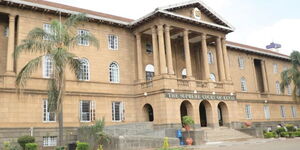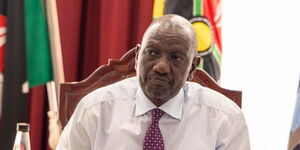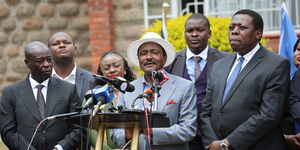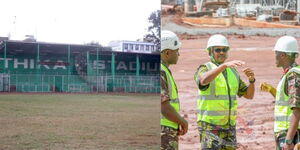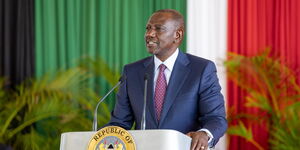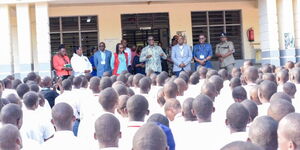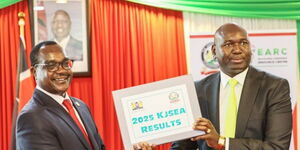Most Kenyan schools are one disaster away from complete devastation, a new report has revealed.
A report by the Association of Kenya Insurers (AKI) revealed that more than 85 per cent of primary and secondary schools in the country lack non-motor insurance cover, effectively exposing millions of students, teachers, and critical infrastructure to risk.
Of the 46,322 schools registered in the country by the end of 2023, only 6,784 had any form of non-motor insurance, representing just 14.6 per cent of all schools.
The remaining 39,538 schools are completely uninsured against common risks such as fire, burglary, personal accidents, or public liability.
Of the insured schools, the report shows that only 2,018 are primary schools. This figure makes up 29.775 per cent of schools with coverage. A total of 3,422 are secondary schools, while 1,344 schools could not be categorised due to incomplete insurer data.
Further, the report revealed that across all submissions from insurers, only 215 non-motor insurance product mentions were recorded. These include critical policies such as fire and perils (32 mentions), group or student personal accident (29 mentions), WIBA (27 mentions), burglary/theft (27 mentions), all risks (20 mentions), and public liability (18 mentions).
Fidelity guarantee, political violence, machinery breakdown, and electronic equipment are other forms of insurance that were mentioned, but with relatively lower uptake.
Most schools in Kenya, according to the report, also operate without basic infrastructure such as fire extinguishers, perimeter walls, emergency exits, and asset registers. Without these, it becomes difficult for insurers to assess risk or provide coverage.
In addition, a majority of the schools, particularly in rural settings, do not maintain proper asset registers or staff records, making risk assessment an impossible task.
The challenge is exacerbated by the fact that school administrators tend to have limited awareness of insurance products and how they apply to school-specific risks.
One worrying but common assumption in the school system is that, in the event of a disaster, the government, donors, or parents will step in to help. This mindset gives people a false sense of security and discourages proactive risk planning.
Other challenges hindering the insurance process in schools include budget constraints, particularly in public schools which operate under limited resources with no specific budget lines for insurance.
Moreover, there are no binding policy or regulatory requirements from the Ministry of Education compelling schools to take up non-motor insurance, although there are existing safety guidelines such as the 2000 Safety Manual.
To curb the problem, AKI recommends a joint strategy with the Ministry of Education that includes awareness campaigns, simplified insurance products, and better risk audits.
The report further suggests a bundled insurance product that combines fire, personal accident, and liability coverage, while also calling for digital insurance solutions and mobile platforms to reach schools in remote counties to reduce paperwork barriers.


